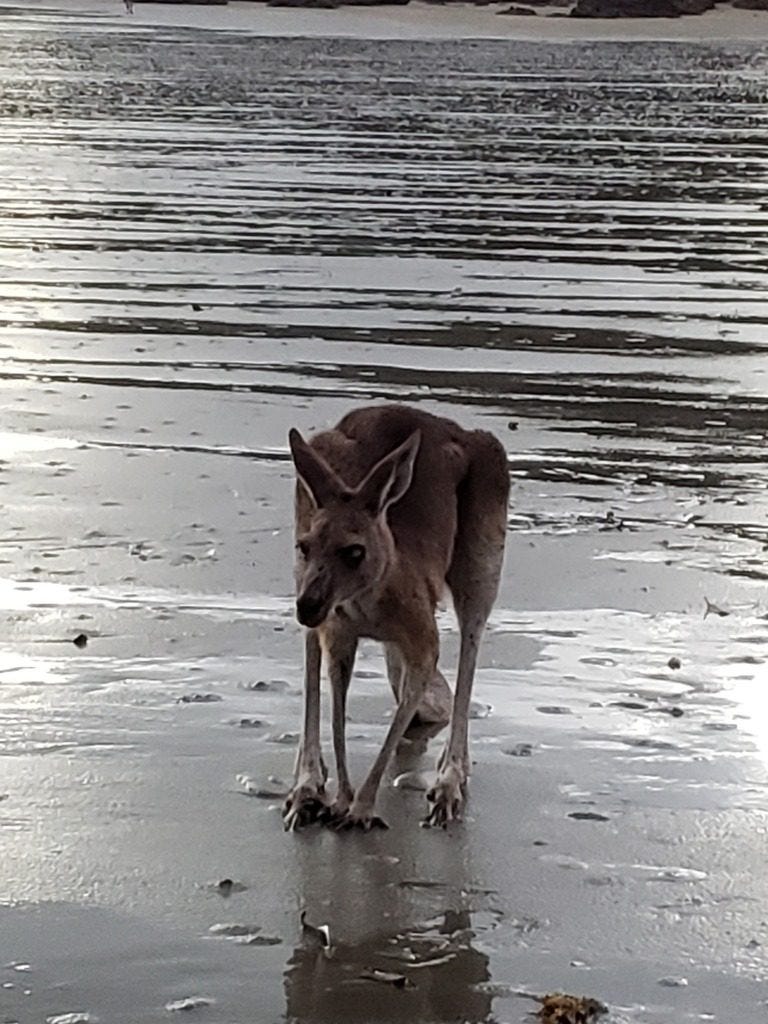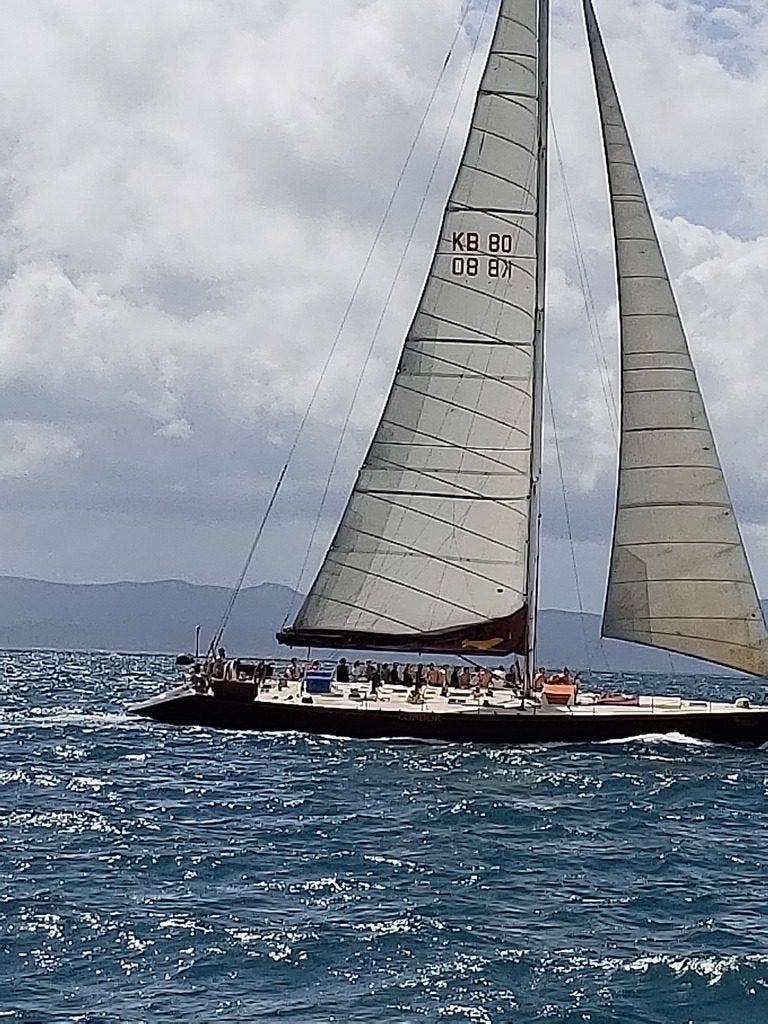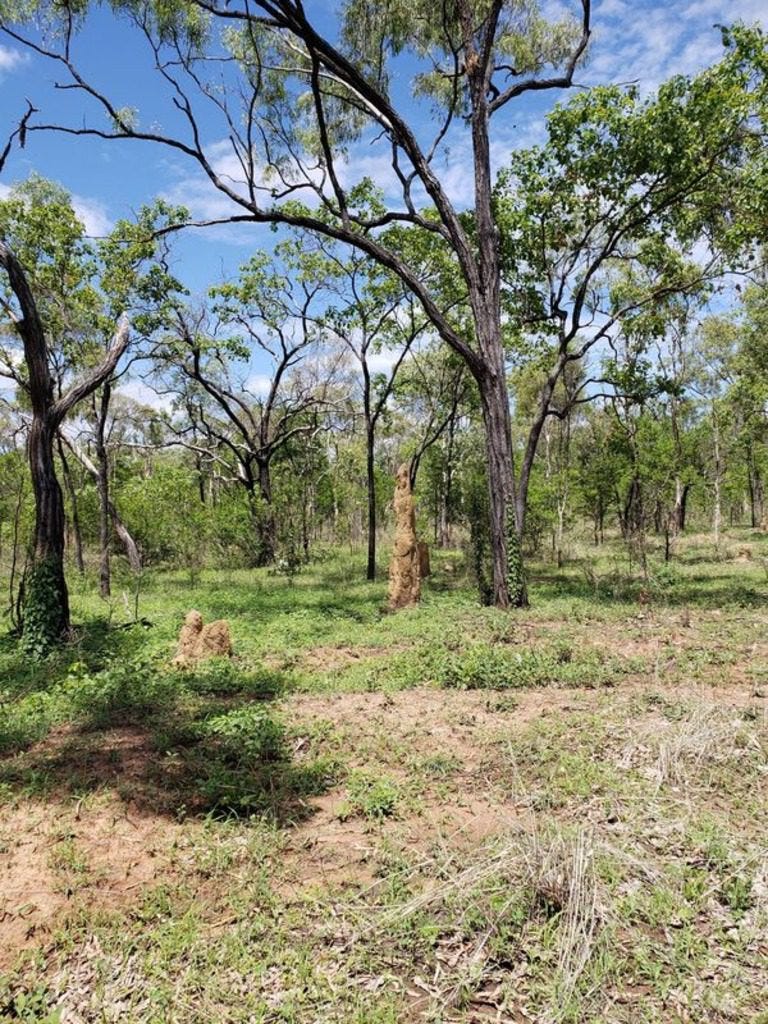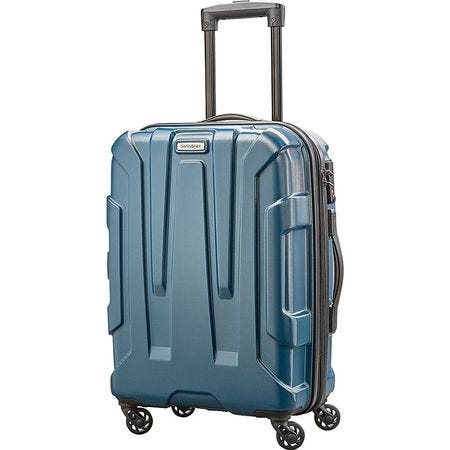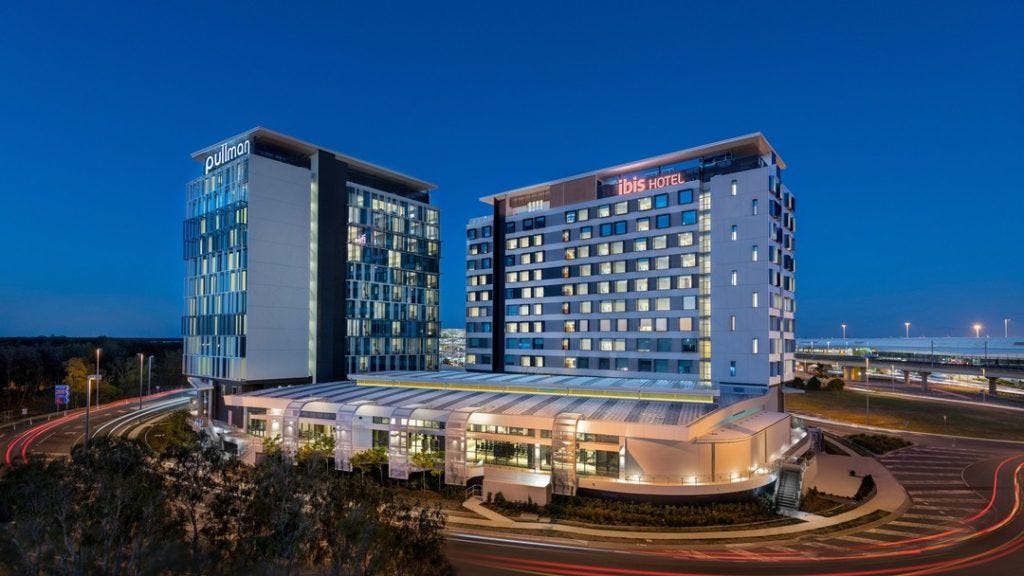Australia Travel Planning- Part 2: Before Booking Your Flights
10 Important Tips Before Booking Your Flights
This is one of the first articles I wrote on my original blog. Ever since I lived there as a student in 1986, I have been promoting Australian travel to anyone that was curious. Most of the negative reasons for not going are due to the long flights. Here are some tips to help reduce the stress.
Australia is one of the most desired travel destinations in the world. For most people in North America, it is on their bucket list and usually includes Brisbane, Sydney or Alice Springs. It probably has been for a very long time. Australia is viewed as having incredible beaches, wonderful climate, and some of the most interesting animals in the world. It is also known for its carefree living (“no worries mate”) and peaceful, relaxing personalities of the people. It is home to the Great Barrier Reef located in northern Queensland. But have you considered what is involved in planning a trip to Australia?
From time to time, there are photos that crop up showing kangaroos hopping along a roadside or a docile koala in someone’s backyard tree. It is due to these features that many people have this strong desire to venture across the big pond and head “down under”.
For many, the desire to do this adventurous trip is strong. However, the reality of actually planning and executing the trip to Australia can be daunting. There are many aspects of such a vacation to consider.
One of the most important and costly is the flight(s) to get there.
10 things to consider before you book your flights to Australia.
1. Cost -
The cost of the plane tickets from North America (or most places) is probably the most expensive single item while planning a trip to Australia. It will depend on the time of year, the cities you are travelling to and from and the number of people in your travelling group. If there are children involved, the price can increase even further. For most people, the search for cheap flights to Australia is a priority.
2. Total Travel Time -
The total travel time is an important consideration. While direct (non-stop) flights are the best, it is unlikely that this will be the case unless you live on the west coast of North America such as Vancouver or Los Angeles. Most flights will have at least one stop and, anytime there is a stop, the total travel time could be affected. Delays are always possible.
The minimum flight time from North America to Sydney or Brisbane is about 12 hours. If you are travelling with children, the flight can be made more enjoyable with a shorter travel time and fewer stopovers. Also remember that you should consider the distance from your house to the airport and include that time into your estimated total travel time.
3. Airline
There are many airlines that offer flights to Australia from North America. Some people have preferences for certain airlines. One of the things to consider when selecting an airline is the availability of seats and perhaps even the aircraft itself. For such a long flight, (minimum 12 hours) you should try to select the airline that has the greatest amount of legroom or space between the seats and rows that will accommodate you.
On a long flight like this, you will need to stretch and move at some point during the flight. Some airlines are flying with older aircraft which have more space available. Some of the newer airlines have beautiful modern aircraft but the legroom can be compromised.
The other decision to be made when choosing an airline is the seat selection. For more legroom, it is best to choose seats near the front of a section (bulkhead). Exit row seating can also have more legroom but there are restrictions as you must be able to open the door in the event of an emergency. Be aware that the seats in front of an exit row may not recline.
4. Number of Stops
The number of stops can also be a factor to consider in your travel planning. Typically, the more stops there are, the less expensive the flight. However, it can add to the total length of time to your destination. For your Australian destination, I would recommend a trip with only one stopover.
5. Location of Stopovers
There are many options for stopovers as you travel to Australia. For myself, living in Ottawa, I could choose my departing city of Toronto (500km away) or Montreal (200km away). There were many different stopover options from each city including Vancouver, Los Angeles, Denver, Taipei, Hong Kong, Auckland, Honolulu. After careful consideration of the options, I chose to have my stopover in Hong Kong on the way down and Honolulu on the way back.
6. Time Spent in Stopover City
One of the things to consider when taking a trip to Australia is not only the location of the stopover city but also the length of time during the stopover. This can vary from 1.5 hours (which is tight) to 19 or 20 hours. With a 19- or 20-hour stopover, you will have time to visit the stopover city and depending on the time of arrival, you may also want to consider spending the night there.
On average a 5- or 6-hour stopover should be enough time to take a quick trip into the city, grab a coffee, walk around and head back to the airport. Make sure any visas you have permit this! In Hong Kong, there is a direct train from the airport to downtown which makes a city visit, easy to do.
Pro Tip: Consider a stopover as a mini vacation.
7. Luggage VS carry-On
When planning your trip to Australia, you need to consider how much luggage you require. Are you going for a long period of time, planning different types of excursions, formal evenings, changing climates? All of these types of questions can help determine how much luggage you require and how much you plan to bring.
For most people, a carry-on (purse, backpack, laptop bag) plus a suitcase is the norm for going on a vacation. But, if you are able to pack everything you need in a hard-side carry-on instead of a suitcase, you may be able to pass through airports faster when you arrive at your destination. Be sure to check your weight limits as well since many budget flights in Australia have significant weight limits; some include ALL carry-on baggage within those limits.
8. Arrival Time in Australia
The arrival time in Australia can be an important thing to consider when planning your vacation. Whatever time you arrive at your destination, you have probably been “in transit” for 20 to 30 hrs depending on your routing. You will also cross the international date line and when coming from North America, there is a time change of between 11 and 14 hours. You will be tired!
I have found that the best tips for Australia is to arrange your flights so that they arrive in Australia later in the evening. This way, you will go to your hotel right away, get a good night’s sleep and you will wake up in the morning more refreshed.
9. First Night in Australia
The first night in Australia can be an important one. When you arrive, you will be very tired. A good night’s sleep will make you feel better and help you to adjust to the time change. My recommendation is to find a hotel close to the airport, so you don’t have far to travel when you arrive in Australia. In Brisbane, I would recommend the Ibis Brisbane Airport.
Even if you are planning a road trip in Australia, I would recommend staying in a an airport hotel for the first night.
10. Connections for Domestic travel
By choosing your first night in Australia at an airport hotel, you are not only well rested, but you will have a shorter distance to travel if you need to take a domestic flight elsewhere. Perhaps a short flight to Mackay to visit the Ungella valley?
Furthermore, from the airport, there are usually options to get downtown for connections to intercity buses or rail.
Are you ready to plan a trip to Australia?
So now that you have reviewed the top 10 tips before booking your vacation to Australia, go ahead and book your flights. For many people, the trip isn’t real until the flights are booked. Once your flights are booked, the exciting part of the trip can begin. This is the time to look at everywhere you want to travel in the destination and plan on what you want to see.
Do you have any other advice for travelling to Australia?




